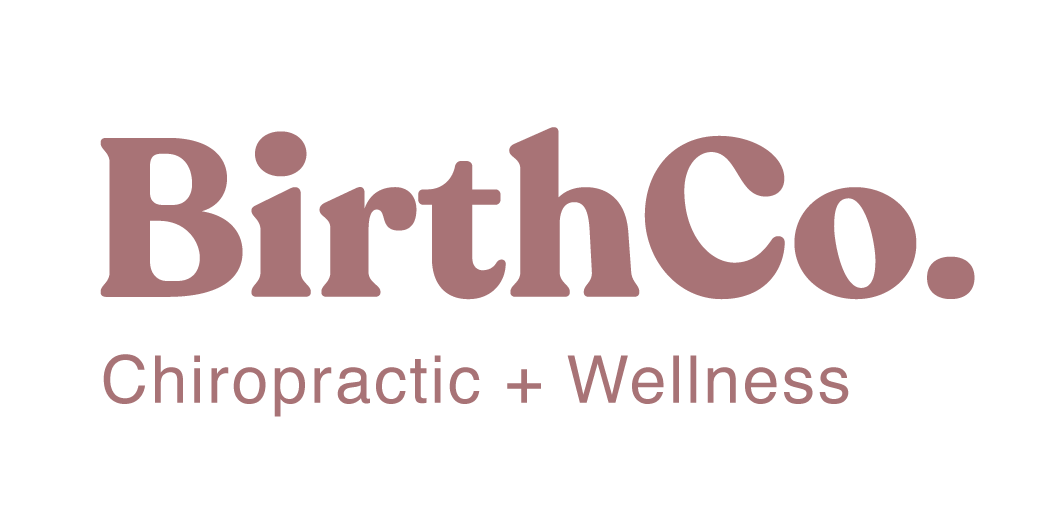Your Child's Development + Chiropractic
You take your child to the pediatrician for periodic "well checks" but we wish these checks were more in depth! It's so much easier to support your kid's development when things are caught early. That's why at our pediatric new patient exams we check the following:
-Normal Developmental Movement
Children's bodies are constantly evolving and there are many developmental stages they go through until they reach adulthood. We know your pediatrician checks to make sure your child sits, stands, etc. BUT what we ask as pediatric chiropractors is much more in depth. Do they sit well? Do they crawl properly? Do they walk symmetrically? Quality of movement is so so important. We also look at the "in between" movements. The oblique sit, bear crawl, etc is just as important as regular crawling and walking.
-Primitive Reflexes
Primitive Reflexes are the earliest to develop in the brain and should only remain active in the first few months of life. In typical development, these reflexes naturally decline in a specific order during the first year, and are replaced by more advanced postural reflexes. Postural reflexes are more sophisticated patterns of response that govern balance, coordination, and sensory-motor development. If primitive reflexes persist, they can cause difficulties associated with conditions like ADHD, sensory processing disorder, autism, and learning disabilities. The continuation of primitive reflexes contributes to issues such as coordination, balance, sensory perception, fine motor skills, sleep, immune system function, energy levels, impulse control, concentration, and all aspects of social, emotional, and academic learning.
-Proprioception
Proprioception is the ability to sense and understand the position, movement, and orientation of one's body parts without relying on visual information. Essential proprioception is knowing where you are in space when your eyes are closed. Proprioception is closely related to core strength and can significantly impact the way they move through the world. In older kids, poor proprioception can make it hard to perform well in many sports.
-Gait
As kids grow their bones are also developing. If their gait is not proper it can cause their structure to grow improperly. This puts them at a higher risk of injury and pain.
-Posture
Posture is the precursor to movement. Bad posture = bad movement. Bad posture can also contribute to much musculoskeletal pain and can increase the risk of injuries as an adult.
-Tension
Babies, toddlers, and teens often have tight muscles. They are often less capable of communicating when they feel tension or when they feel that they can't move as comfortably.
Subscribe to Our Blog
Related Blog Posts




